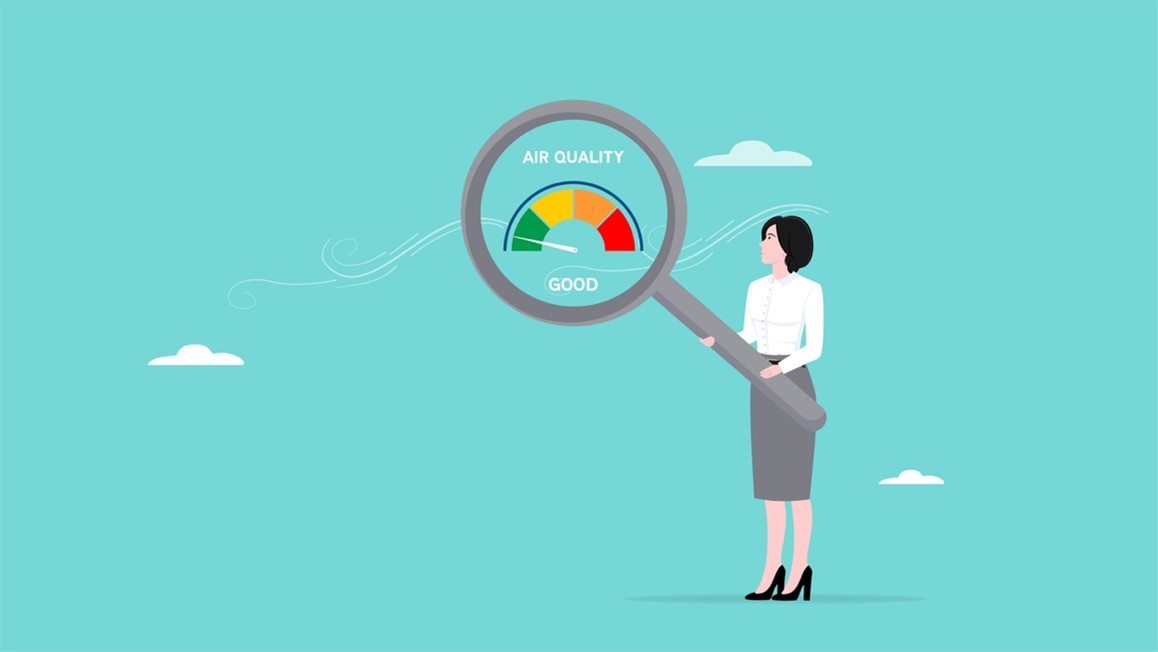K-12 school procurement professionals are navigating an increasingly complex and high-stakes environment. Their role has evolved dramatically in recent years, shifting from basic transactional purchasing to a strategic function that directly impacts educational outcomes, fiscal responsibility, and equity.
Though it has always been a challenging profession filled with the need to balance many constituents and priorities, today we see even more complex government compliance requirements, the need to work with outdated technology and inefficient processes, new supply chain disruptions with fluctuating tariffs, and lack of transparency for procurement professionals and vendors.
Here are the top five complaints we hear from procurement professional and other school leaders:
1) Complex and Burdensome Compliance Requirements
Procurement in K-12 education is governed by a labyrinth of local, state, and federal regulations. Each funding source—state, local, or federal—comes with its own set of rules, reporting guidelines, and restrictions, often designed to safeguard public funds and ensure fairness. These accumulated rules and regulations can create a tangled web that is difficult to navigate, leading to inefficiencies and delays.
Often districts have created long running policies and procedures that have become outdated but are difficult to change. This bureaucratic complexity can stifle innovation and make it challenging to respond quickly to changing needs, such as those experienced during the pandemic when rapid procurement of technology and health supplies was critical. Fear of missteps or negative publicity often leads to overly cautious approaches, further slowing the process.
2) Outdated Technology and Inefficient Processes
Many school districts still rely on outdated procurement systems and manual processes, which consume significant administrative time and resources. School staff can spend 15-20 hours per week on procurement tasks, and teachers often resort to using their own funds for supplies due to cumbersome approval processes.
These inefficiencies not only waste time but also lead to missed opportunities for cost savings and strategic purchasing. The lack of real-time budget tracking and integration with other school systems further complicates efforts to manage resources effectively. There is a strong need for better technology tools that support strategic procurement, yet many solutions on the market are not fully tailored to the unique needs of K-12 schools.
3) Supply Chain Disruptions and Market Volatility
The pandemic exposed and exacerbated vulnerabilities in school supply chains, from basic classroom materials to critical technology and infrastructure components. While some supply chain issues have eased, ongoing disruptions and market volatility continue to impact procurement professionals’ ability to secure timely and cost-effective access to goods and services.
This challenge is compounded by the need to ensure that technology purchases—like laptops, tablets, and e-learning platforms—are compatible with existing systems and meet evolving educational standards. Procurement professionals must also address equity issues, ensuring all students have access to the resources they need for learning, regardless of socioeconomic status.
4) Lack of Transparency and Vendor Confusion
The procurement process in many districts is opaque, not only for internal stakeholders but also for vendors seeking to provide products and services. Vendors often struggle to understand district-specific procurement requirements, timelines, and decision-making criteria, leading to frustration and missed opportunities for both sides.
This lack of transparency can result in suboptimal purchasing decisions and underutilized or misaligned resources, as districts may not always select the most effective or innovative solutions for their needs.
5) Pressure to Do More with Less Amid Fiscal Uncertainty
School procurement professionals are under relentless pressure to manage costs, maximize value, and stretch limited budgets. Declining or unpredictable enrollment, aging infrastructure, and rising expectations for educational technology all contribute to fiscal uncertainty. At the same time, procurement workloads are increasing, with the majority of professionals reporting heavier demands and many experiencing burnout
The need to balance short-term sourcing challenges with long-term strategic planning is more acute than ever. Cooperative purchasing organizations and group contracts can help districts access better pricing and expertise, but they also require careful management to ensure alignment with local needs and priorities.
The role of K-12 procurement professionals has never been more critical—or more challenging. They must navigate complex compliance landscapes, modernize outdated systems, manage supply chain risks, foster transparency, and deliver value in an era of fiscal constraint.
Addressing these challenges will require investment in technology, process innovation, and a strategic approach that recognizes procurement as a vital lever for educational success. As the field continues to evolve, supporting procurement professionals with the right tools, training, and authority will be essential to meeting the needs of today’s schools and students.
This article was based, in part, on the following sources:
- In the Dark: Why School Districts’ Process for Buying Academic Resources Confuses Vendors—and K-12 Officials (Marketbrief Edweek)
- The Education Procurement Playbook: Agreements, Processes, and the Roadmap to Efficiency (E&I Cooperative Services).
- How to Streamline School Procurement Process: A Comprehensive Guide for Education Leaders
- Behind the Scenes: The Strategic Transformation of K-12 School Procurement (Education Market Association).

Leslie Stebbins is the director of Research4Ed. She has more than twenty-five years of experience in higher education and K-12 learning and instructional design. She has an M.Ed. from the Technology Innovation & Education Program at the Harvard Graduate School of Education and a Master’s in Library and Information Science from Simmons College. Program









